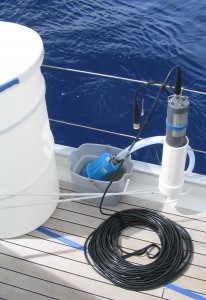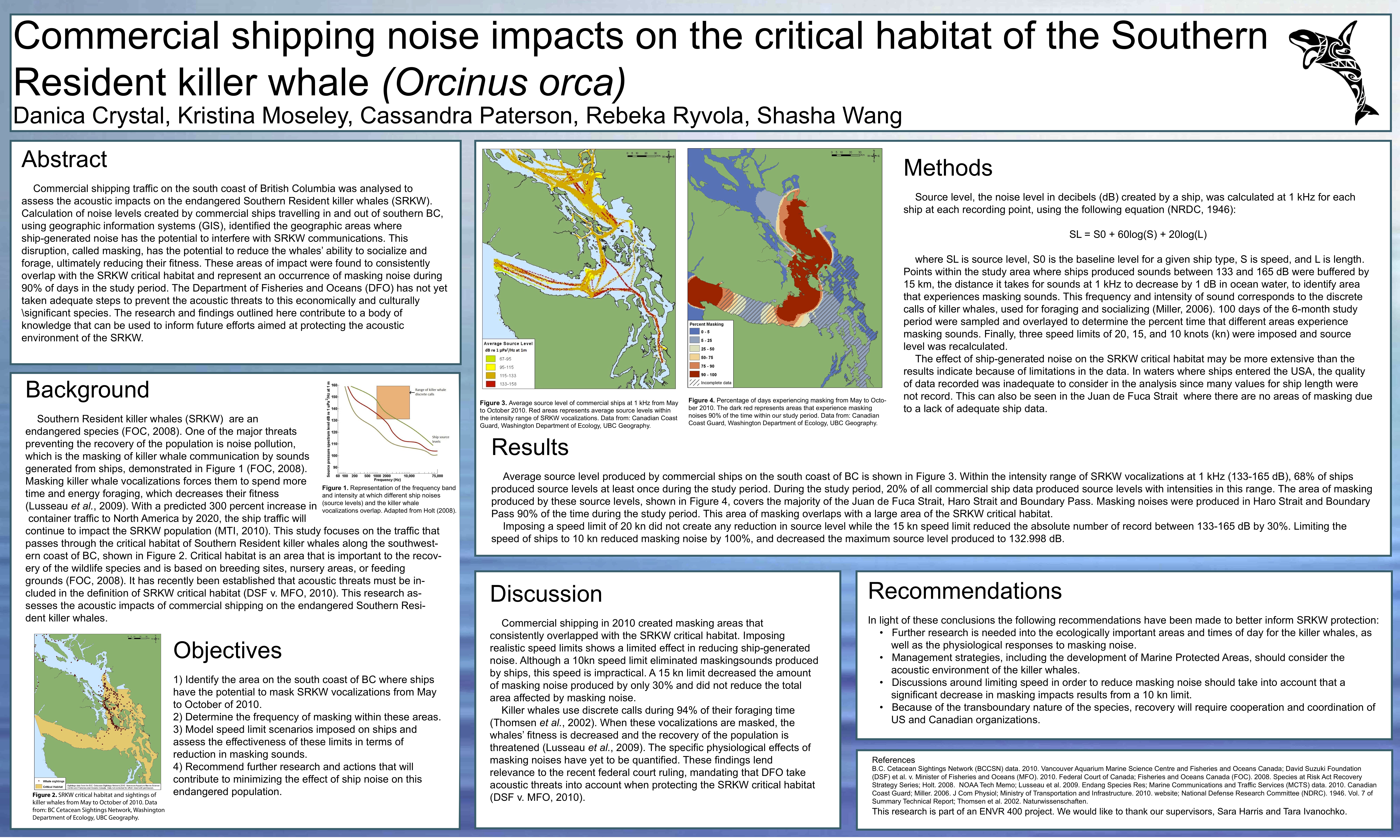A recent article on CBC reveals a shocking discovery that could change the world that we know today. Scientists at the Fermi National Accelerator Laboratory in Illinois found a new particle that is different from the ones that we are familiar with. This new particle was discovered through the help of the Tevatron particle accelerator. The accelerator data showed an unusually high peak, which after analysis, was determined to be a new particle.

The collision detector found at Fermilab
Particle accelerators try to discover or uncover particles by accelerating them in a chamber. The particles are accelerated near the speed of light, and through these high-speed collisions, scientists hope to gain data that might reveal new particles. The unusual high peak from the accelerator’s data led to the creation of a new particle, called the W boson, and two cones of particles, called hadronic jets.
The new particle created ripples in the scientific community due to the fact that they do not conform to the structure predicted by the Standard Model. Physicists are boggled by this, and this new particle could in fact lead to more research. However, the scientists at Fermilab are cautious with their findings. They are still waiting for results from Large Hadron Collider and see if the scientists there could reproduce the peak using identical parameters. Also, they are trying to eliminate the fact that this peak could have been achieved by accident – that this wasn’t a ‘fluke.’
If the same results are achieved, the world as we know it might be a little bit more different.








